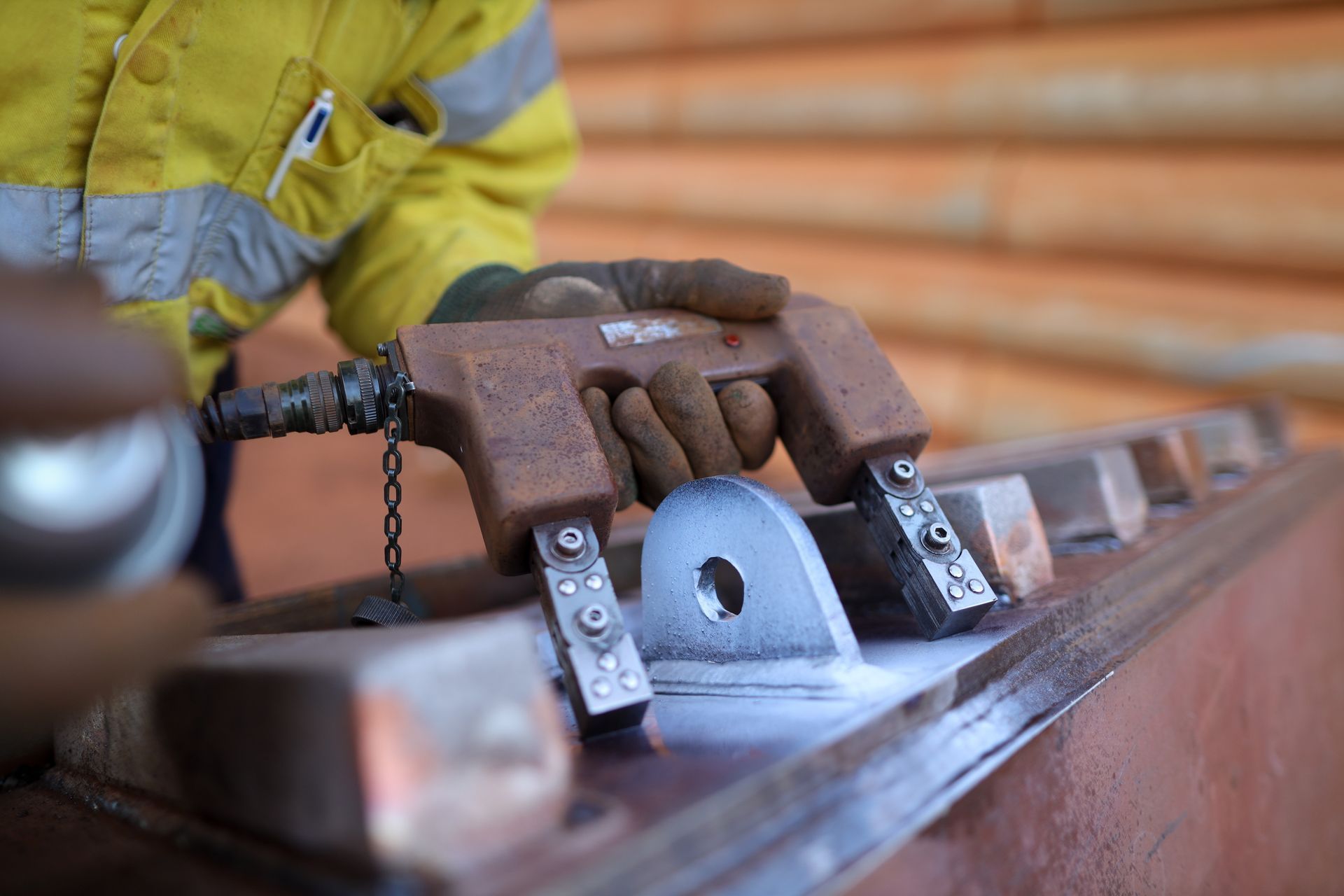All About Radiographic or X-Ray Testing
November 23, 2022
Radiographic testing has extensive value in identifying and improving flaws in material.
Radiographic Testing (RT) is used to detect surface and subsurface flaws, and produces a permanent image of these flaws. RT, or industrial radiography, is a testing method which utilizes short wavelength electromagnetic radiation (photons) to penetrate various materials and detect hidden flaws. There are two different radioactive sources available which are X-ray and gamma ray. The radiation source and strength depends on material thickness and the size of the component.
This testing method can be utilized multiple times over a component's service life, which will show gradual change in the size and shape of the discontinuities. RT is widely used in a variety of industry sectors such as the aerospace industries, military defense, offshore industries, marine industries, petrochemical industries, waste management, automotive industries, manufacturing industries, power generation, construction, petroleum, and chemical.
RT is commonly used for welded parts, forgings, castings, corrosion mapping, detection of blockages in sealed equipment, measuring porosity in concrete, and many other things. Some benefits of radiographic testing is that it can inspect assembled components, minimize surface preparation of test pieces, verify internal flaws on complex pieces, isolate and inspect internal components, and much more.
Other advantages of radiographic testing include:
- Inspection capability for many types of material with varying density
- Determination of crack growth
- Detection of both surface and subsurface defects
- Permanent record of the inspection
There are some limitations to RT, which are:
- Hazardous ionizing radiation requires creation of safety perimeter
- Sensitive to flaw orientation
- Usually not possible to determine depth of indications
- Two-sided access to test object is required
Radiographic testing is extremely valuable in the non-destructive testing industry because it provides an image that can be referenced back to in order to make proper improvements. The images deliver clear, reliable, and authentic results.
Below is the step-by-step process of radiographic testing in welding:
- Step 1: A radioactive isotope produces gamma rays or X-rays
- Step 2: The radiation is sent through the weldment onto photographic film
- Step 3: An image of the internal structure of the weldment is created on the film
- Step 4: Darker areas of the image reflect thinner portions of the weldment, suggesting discontinuities like cracking or porosity, a common flaw found in welding - lighter areas of the film may suggest high density inclusions
- Step 5: Radiographic interpreters trained to read the films and identify weld discontinuities by the shape and variations of dark and light examine the test results
Though radiographic testing may seem like a simple, straightforward form of non-destructive testing, it requires intense training, knowledge, and experience. It’s important that only NDT professionals conduct and interpret radiographic testing to ensure the results are accurate.
Steel City NDT
provides high quality NDT services, including radiographic testing, throughout Pittsburgh and the surrounding areas. Steel City NDT is happy to help you find the perfect solution and provide you with accurate testing results you can rely on.
Call
Steel City NDT to discuss the needs of your project!





